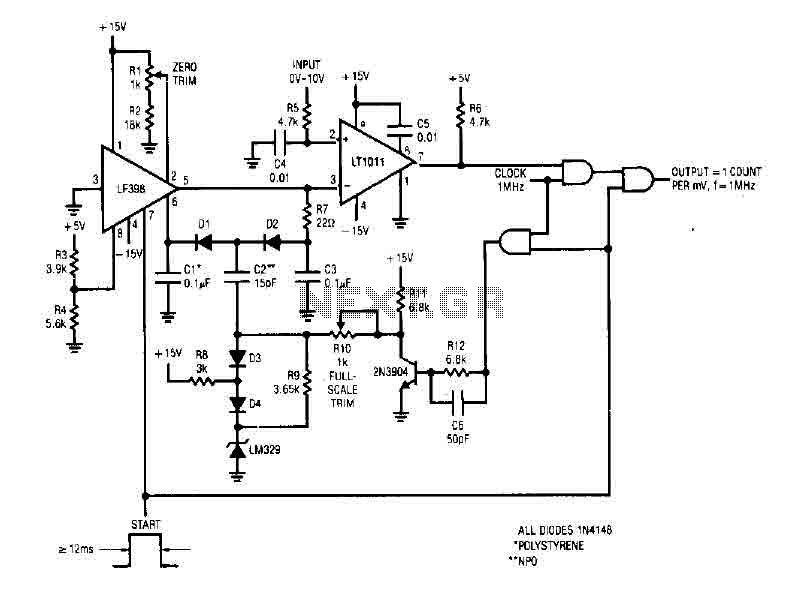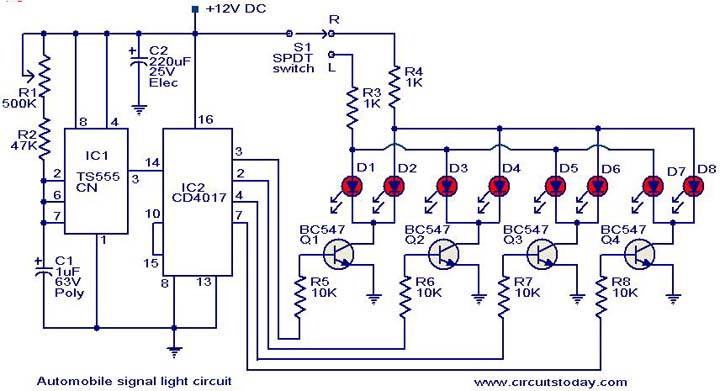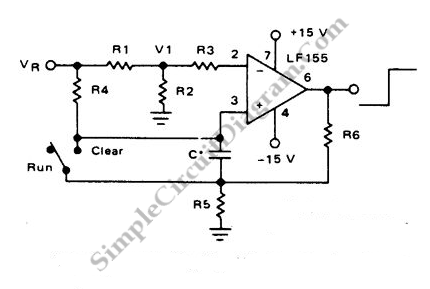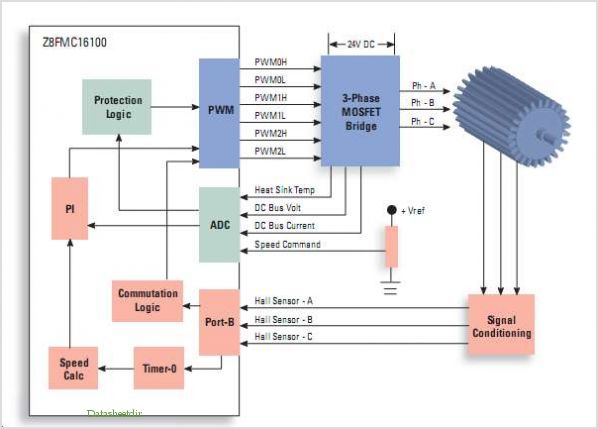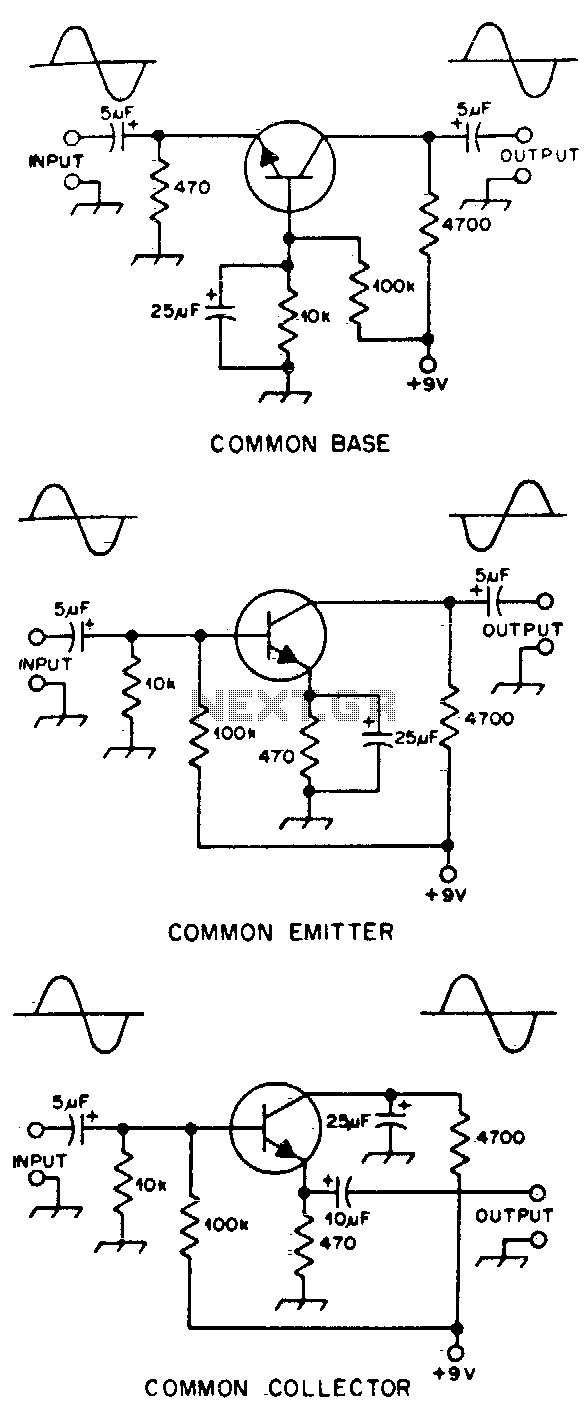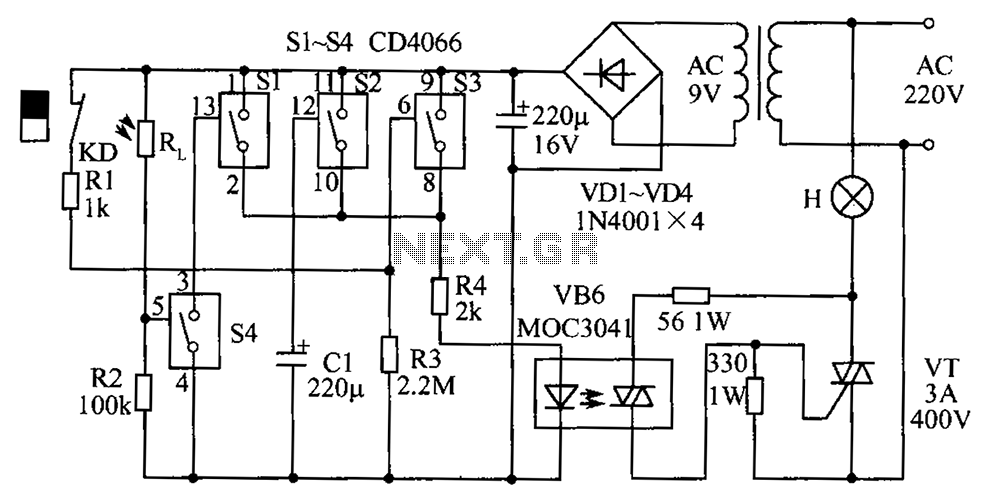
Using voice switch circuit relay lighting
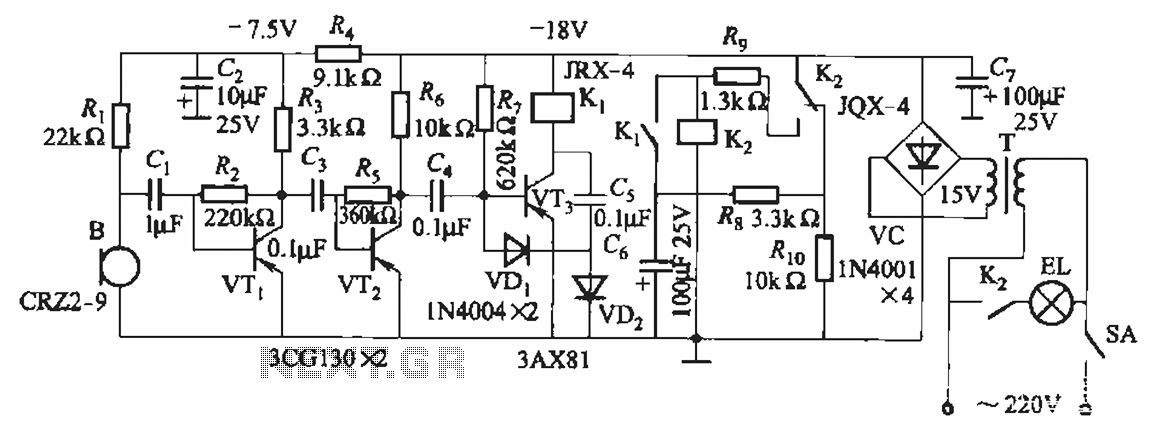
The circuit utilizes relay control. The voice switch operates as follows: upon the first clap, the load (lights) is activated; upon the second clap, the load (lights) is deactivated. This system can be employed to control lighting in residential corridors. The sensor (microphone B) can be a carbon microphone, a headset microphone, or even a tape recorder equipped with a CR22-9 type condenser microphone.
The voice-activated relay control circuit is designed to provide a convenient method for controlling lighting systems through sound activation. The core component of this system is a relay, which acts as a switch that can be toggled on or off based on audio input received by the microphone.
The operation begins with the microphone detecting sound. The choice of microphone is flexible; options include a carbon microphone, a headset microphone, or a CR22-9 type condenser microphone. Each of these microphones has its own sensitivity and response characteristics, allowing for adaptability based on the specific application environment.
When the first clap is detected, the microphone converts the sound wave into an electrical signal, which is then processed by a sound detection circuit. This circuit typically includes an amplifier to boost the signal and a comparator to determine when the sound level exceeds a certain threshold, indicating a clap. Once this threshold is surpassed, the circuit sends a signal to the relay, closing the circuit and allowing current to flow to the load, thus turning on the lights.
Upon the detection of a second clap, the process is repeated, but this time the signal sent to the relay is intended to open the circuit, cutting off the current and turning off the lights. This two-step clap mechanism ensures that the lights can be easily controlled without the need for manual switches, enhancing convenience in residential settings, particularly in corridors where traditional switches may not be easily accessible.
The relay used in this application should be chosen based on the load specifications, ensuring it can handle the voltage and current requirements of the lighting being controlled. Additionally, proper isolation and safety measures should be implemented to protect the circuit from electrical surges and ensure reliable operation over time.
In summary, this voice-activated relay control circuit offers a practical solution for managing lighting through sound, utilizing a straightforward clap detection mechanism and versatile microphone options to suit various user needs.It uses a relay control. The voice switch is characterized by: when the first clap, then through the load (lights); when the second clap, cut off the load (lights off). It can be used to control lighting or residential corridor. Sensor (microphone B) may be a carbon microphone or headset microphone, tape recorder can also be used with CR22-9 type condenser microphone.
The voice-activated relay control circuit is designed to provide a convenient method for controlling lighting systems through sound activation. The core component of this system is a relay, which acts as a switch that can be toggled on or off based on audio input received by the microphone.
The operation begins with the microphone detecting sound. The choice of microphone is flexible; options include a carbon microphone, a headset microphone, or a CR22-9 type condenser microphone. Each of these microphones has its own sensitivity and response characteristics, allowing for adaptability based on the specific application environment.
When the first clap is detected, the microphone converts the sound wave into an electrical signal, which is then processed by a sound detection circuit. This circuit typically includes an amplifier to boost the signal and a comparator to determine when the sound level exceeds a certain threshold, indicating a clap. Once this threshold is surpassed, the circuit sends a signal to the relay, closing the circuit and allowing current to flow to the load, thus turning on the lights.
Upon the detection of a second clap, the process is repeated, but this time the signal sent to the relay is intended to open the circuit, cutting off the current and turning off the lights. This two-step clap mechanism ensures that the lights can be easily controlled without the need for manual switches, enhancing convenience in residential settings, particularly in corridors where traditional switches may not be easily accessible.
The relay used in this application should be chosen based on the load specifications, ensuring it can handle the voltage and current requirements of the lighting being controlled. Additionally, proper isolation and safety measures should be implemented to protect the circuit from electrical surges and ensure reliable operation over time.
In summary, this voice-activated relay control circuit offers a practical solution for managing lighting through sound, utilizing a straightforward clap detection mechanism and versatile microphone options to suit various user needs.It uses a relay control. The voice switch is characterized by: when the first clap, then through the load (lights); when the second clap, cut off the load (lights off). It can be used to control lighting or residential corridor. Sensor (microphone B) may be a carbon microphone or headset microphone, tape recorder can also be used with CR22-9 type condenser microphone.
